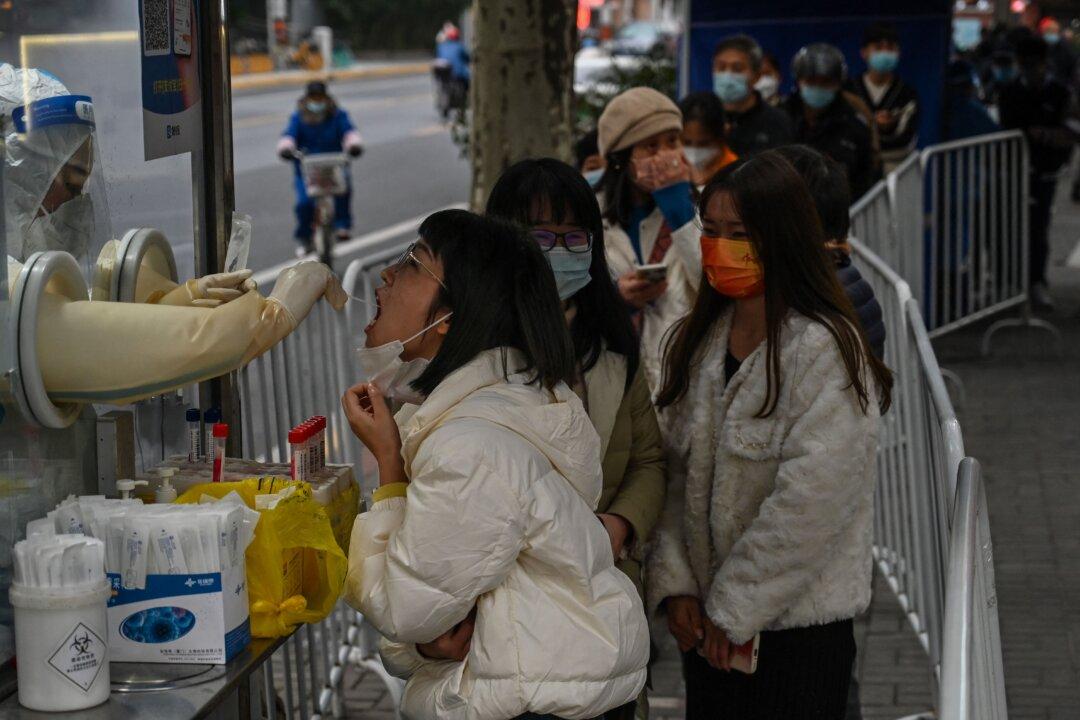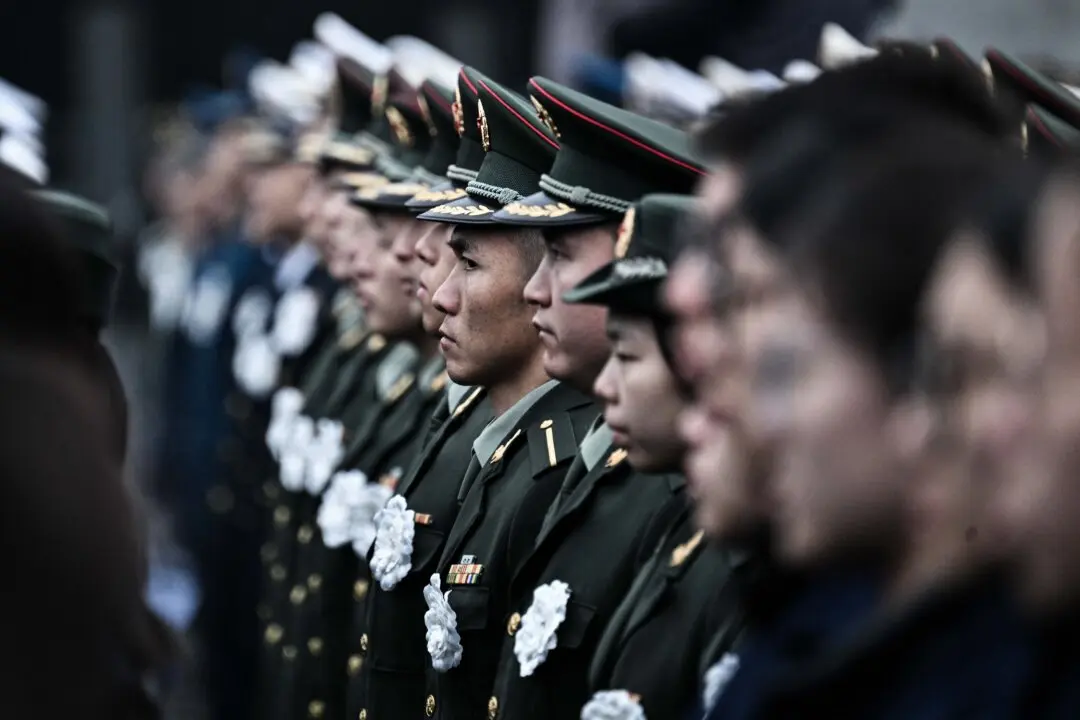China’s health officials on Dec. 7 issued new national guidelines to ease strict COVID-19 measures, following protests that erupted across the country late last month. Residents welcomed the news as cities gradually return to normalcy.
The relaxation of COVID-19 measures—such as allowing infected people with mild or no symptoms to quarantine at home and dropping testing for those traveling within the country—marked the most significant changes since Beijing first implemented the draconian zero-COVID policy three years ago. The measures have inflicted pain on tens of millions of people, dragged down China’s economy, and isolated the nation from the world.




